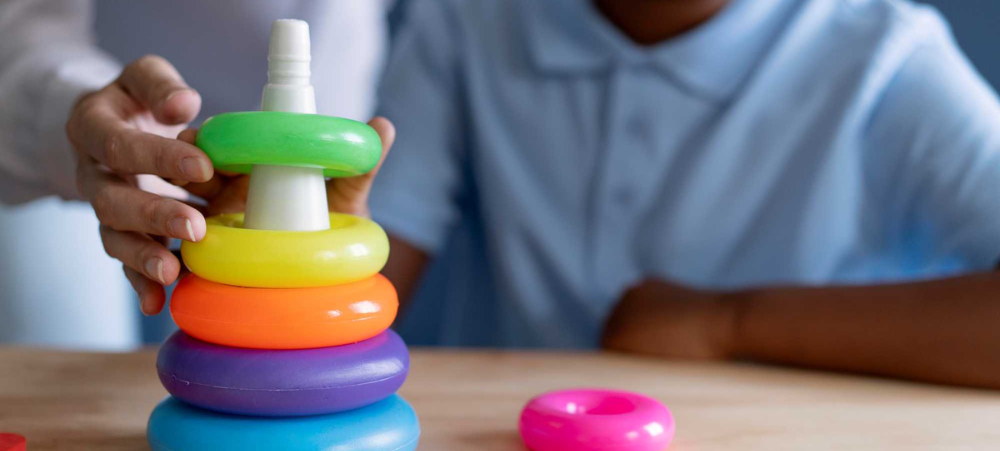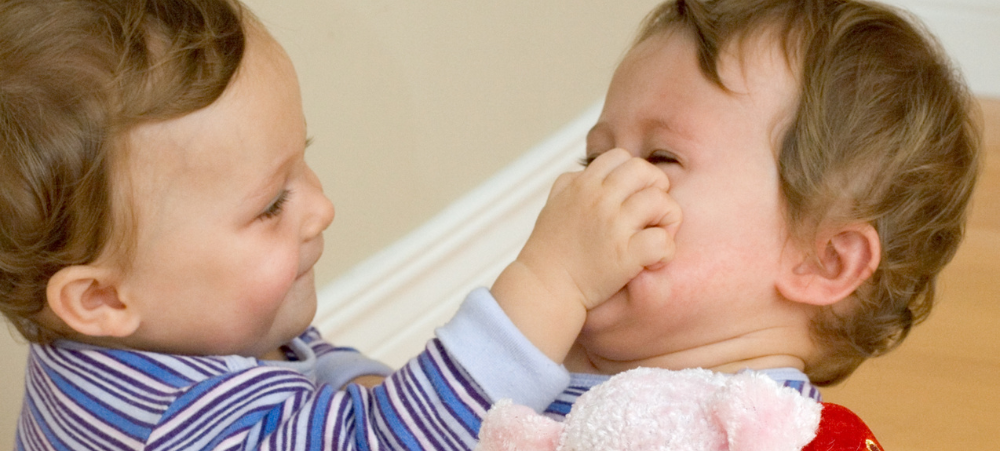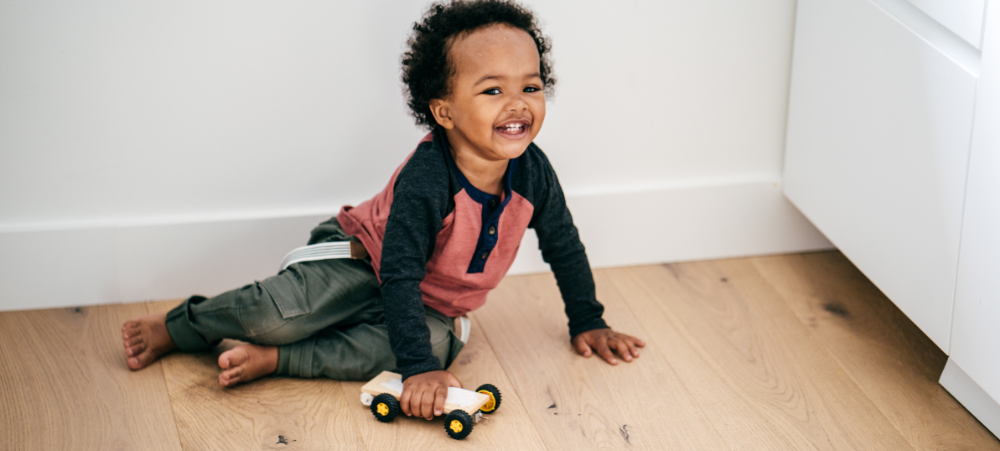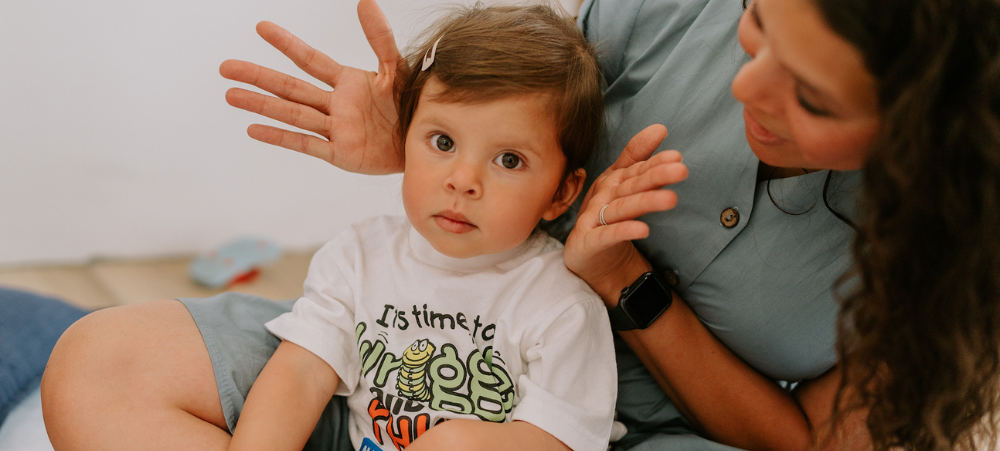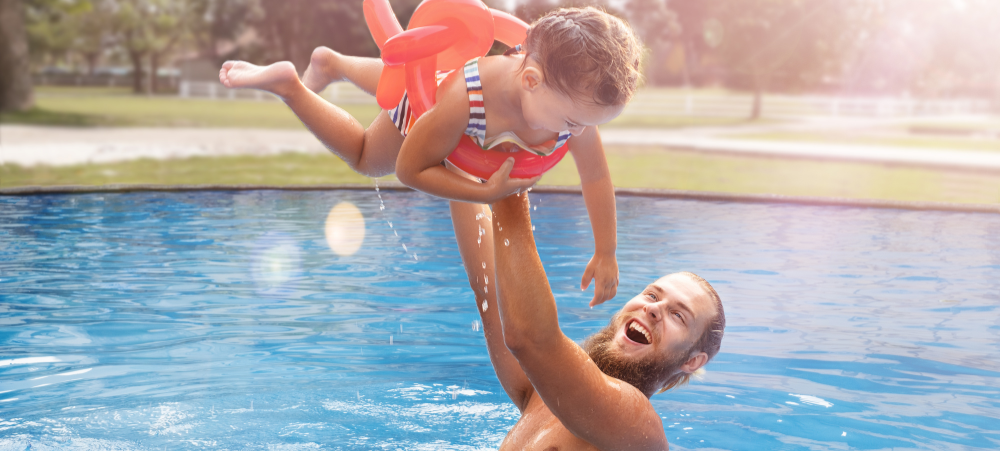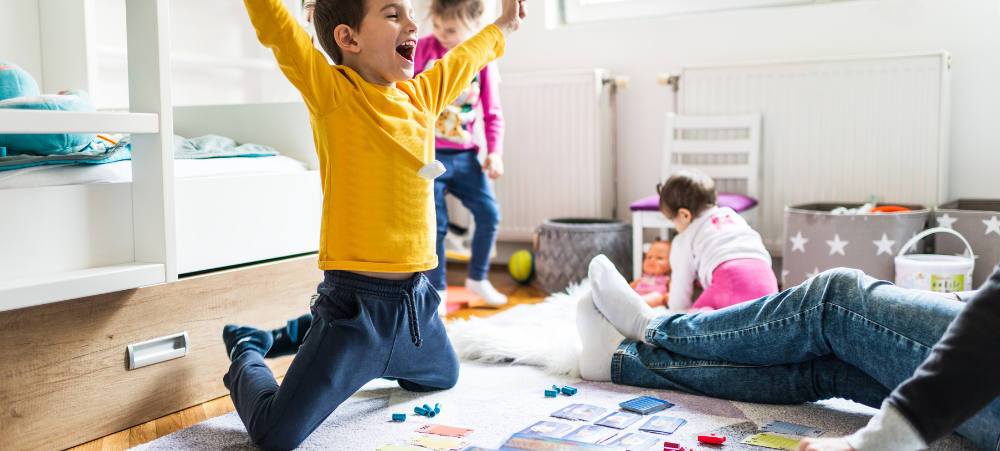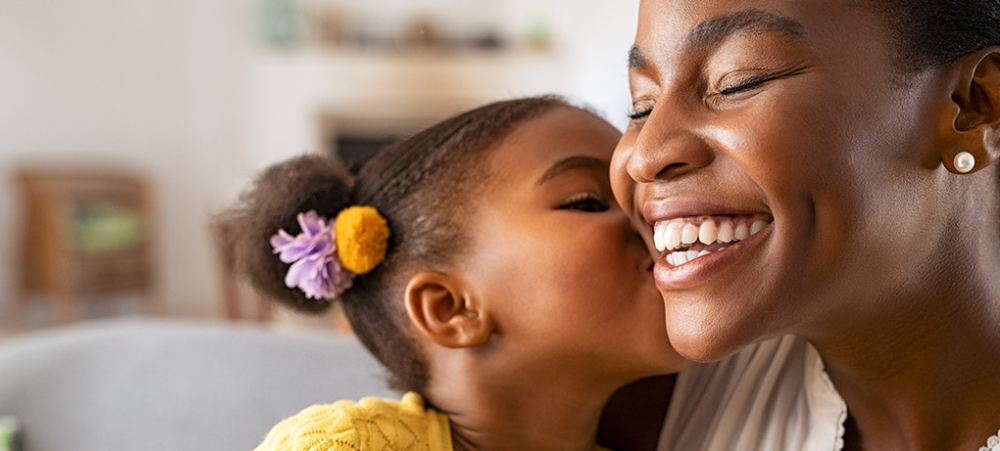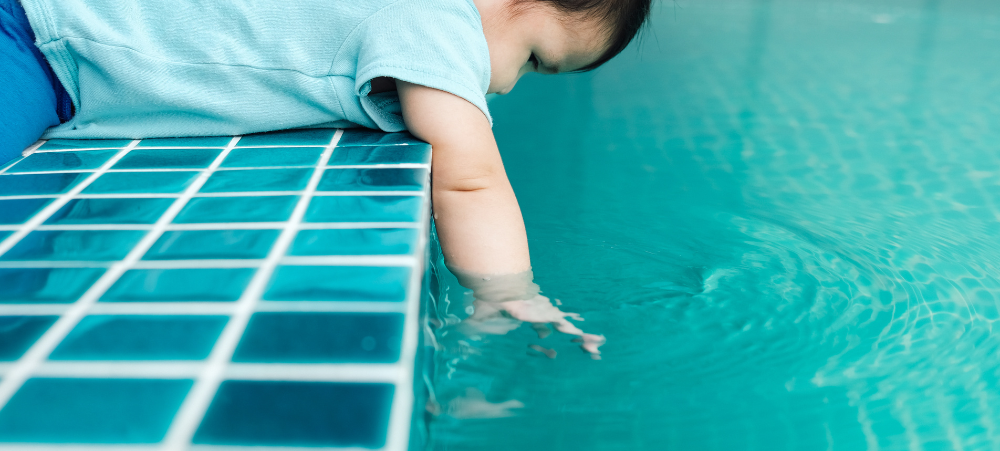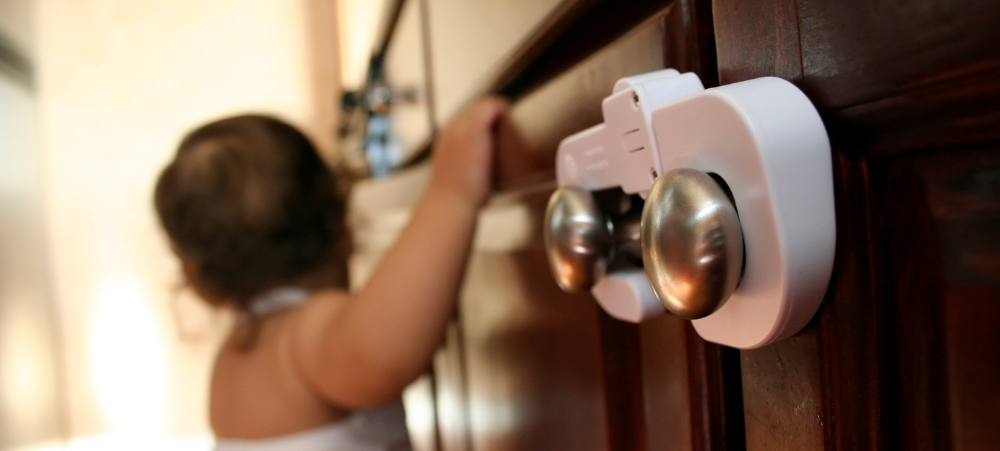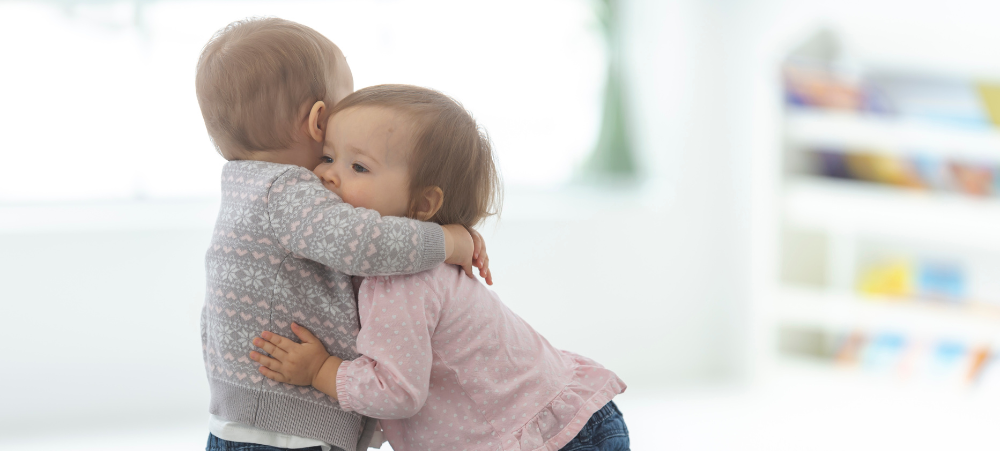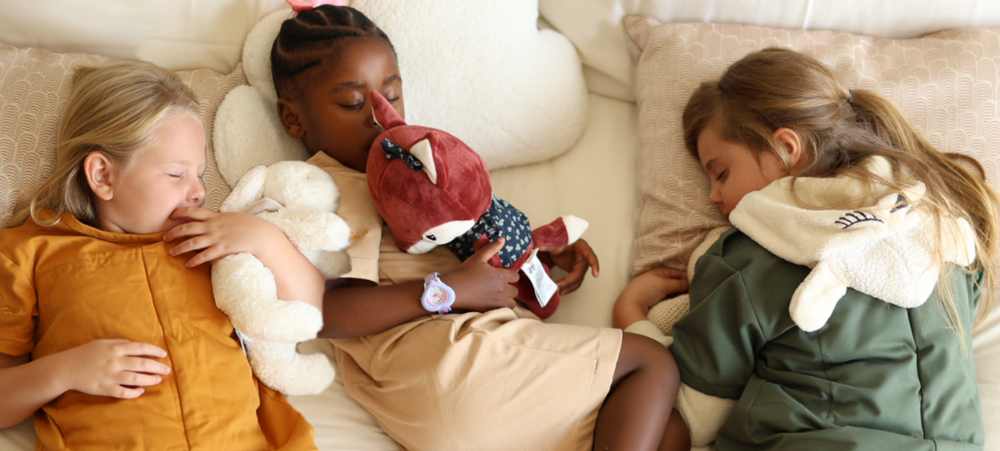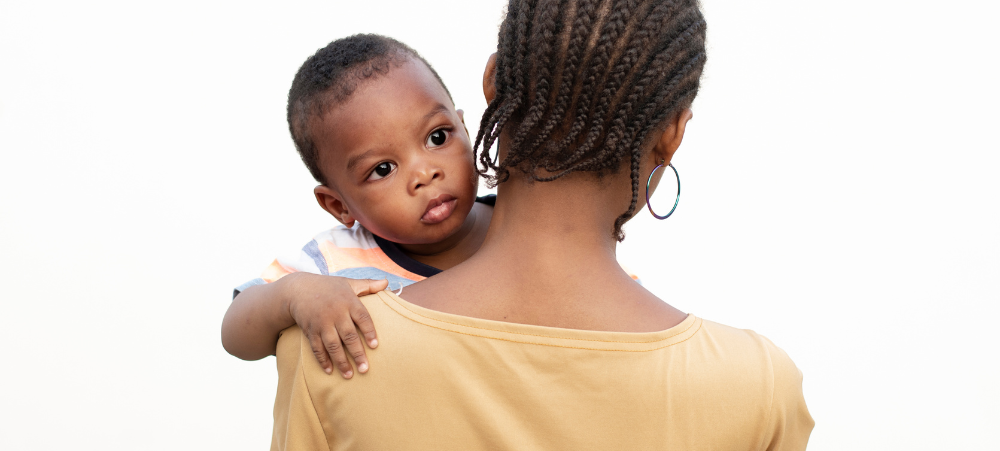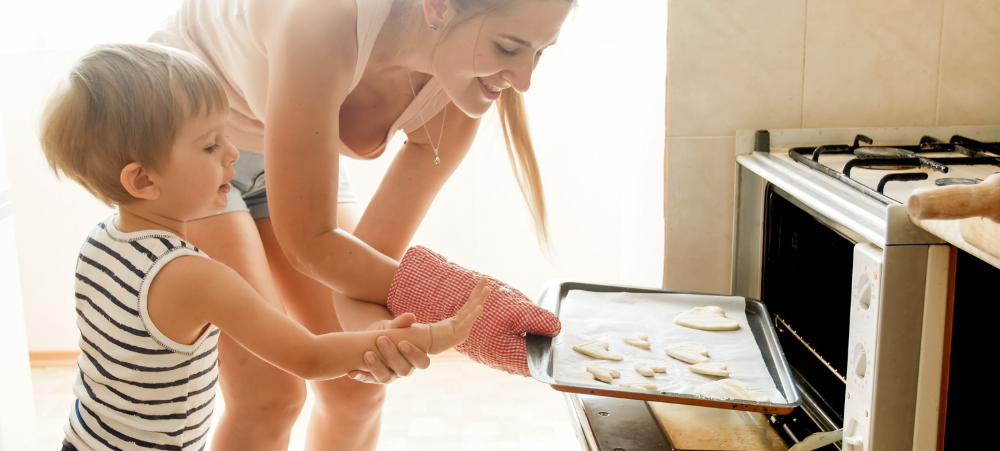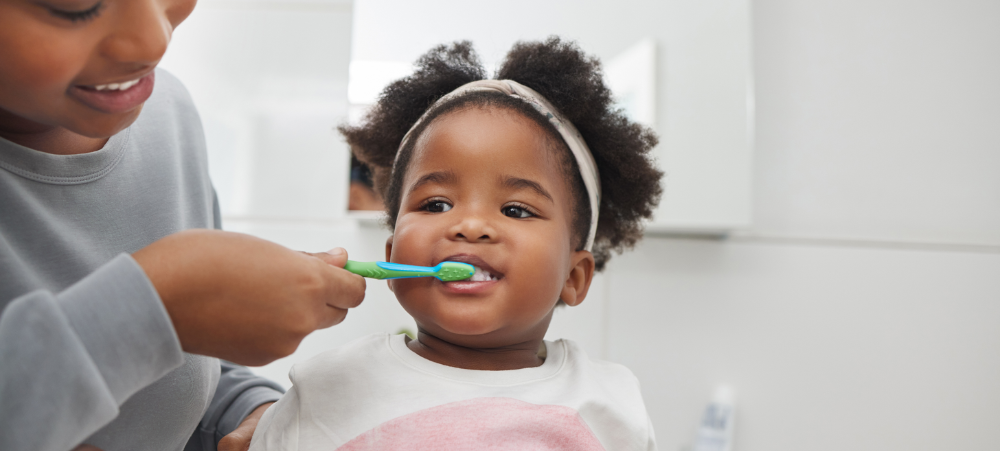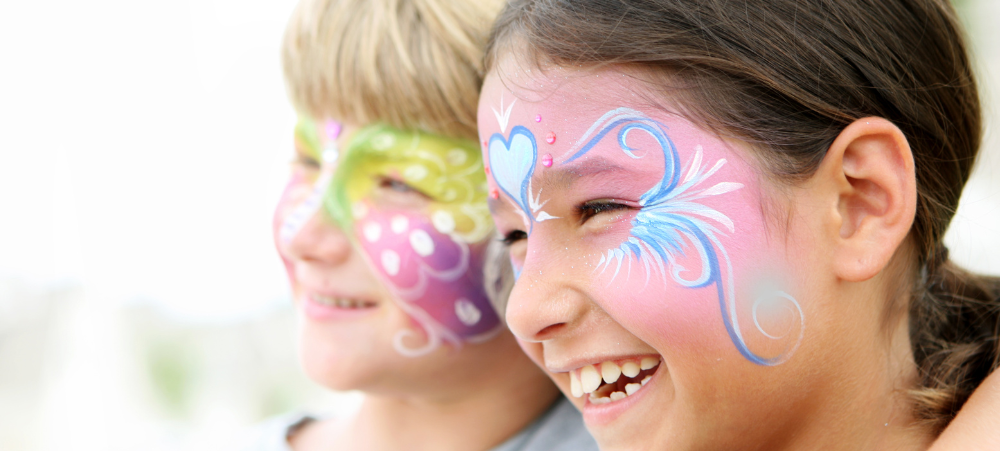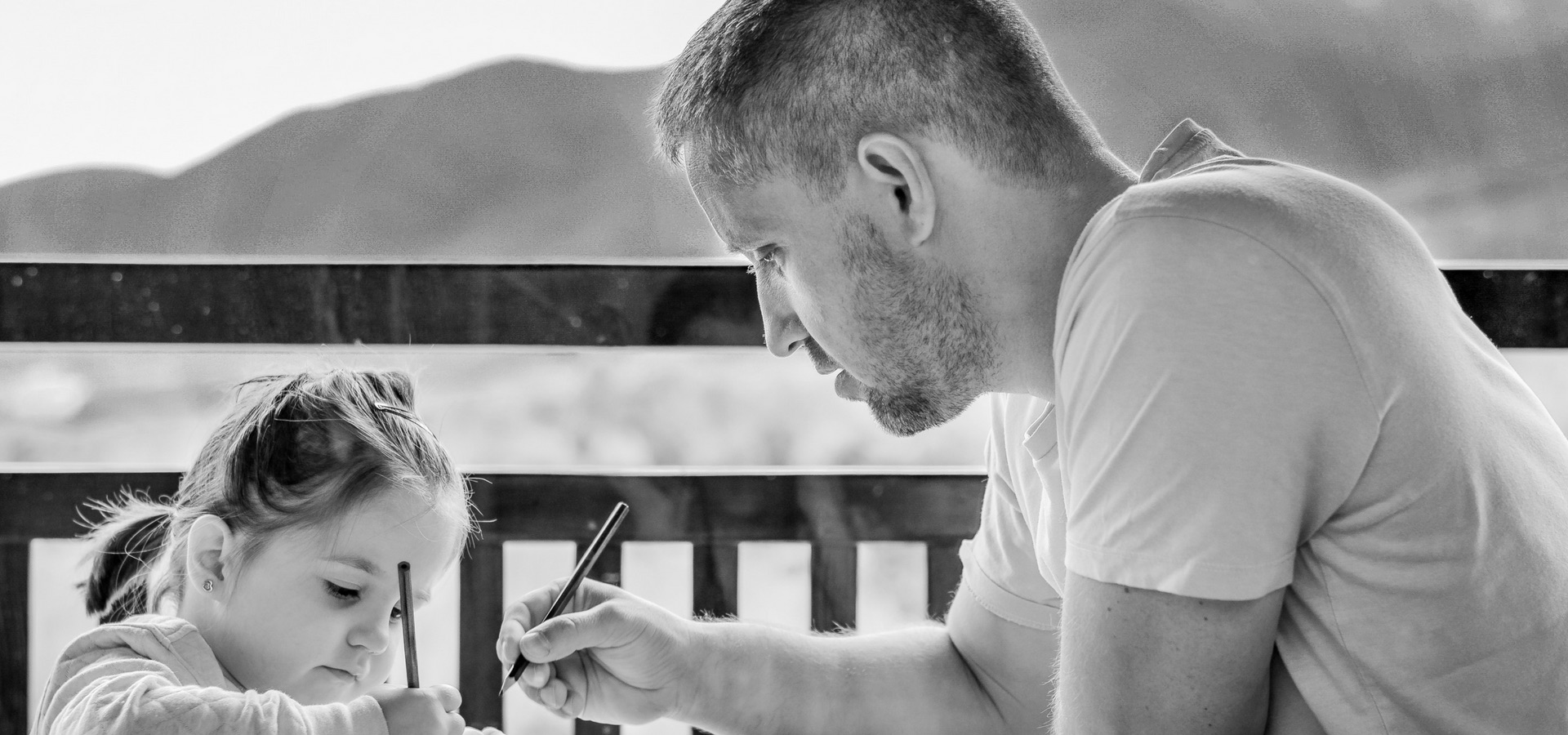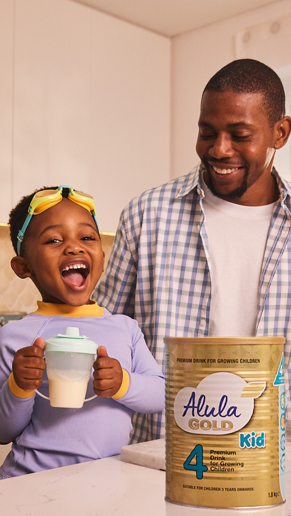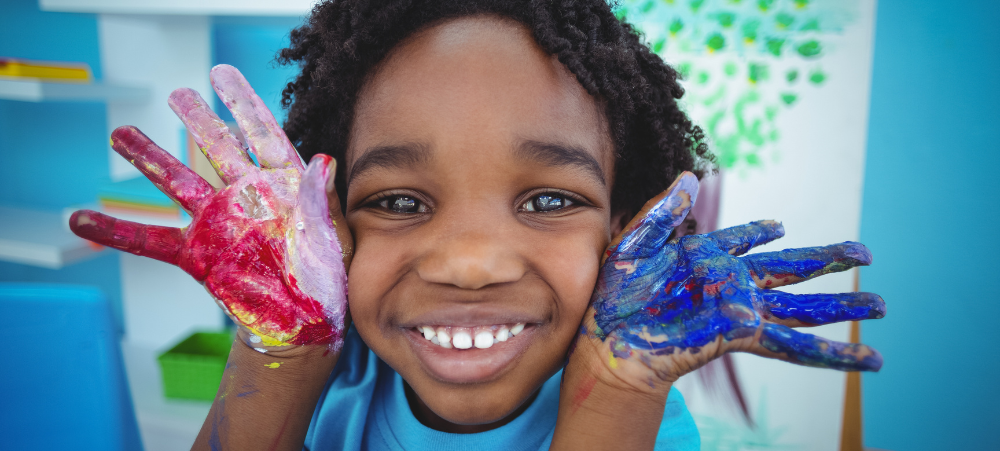
Art and Craft Ideas to Stimulate Right Brain Development in the Early Years
Art and craft activities play a vital role in children’s early development, particularly in stimulating the right hemisphere of the brain, which is responsible for creativity, imagination, and emotional expression. For young children aged six and under, engaging in these activities not only nurtures their artistic skills but also introduces them to the rich cultural and natural diversity of their surroundings. “Engaging children in arts and crafts activities from a young age is essential for their cognitive and emotional growth,” says Ursula Assis, Country Director of Dibber International Preschools. “These activities help children develop fine motor skills, spatial awareness, and an appreciation for the beauty around them, fostering a lifelong love for creativity and learning.” Here are some age-appropriate arts and craft ideas designed to foster creativity and cognitive growth while celebrating South Africa’s unique heritage: Nature Collage: Take a leisurely stroll through a local park or garden, gathering leaves, flowers, and small pebbles. Back at home, transform these natural treasures into collages on sturdy paper or cardboard. This hands-on activity encourages children to explore textures and shapes while developing fine motor skills as they arrange and glue down their creations. Cardboard Box Creations: Unleash creativity by repurposing cardboard boxes into imaginative structures such as castles, forts, or vehicles. Using simple art supplies like markers, stickers, or paints, children can personalise their creations, fostering spatial awareness and problem-solving skills through play. Paper Plate Masks: Explore South Africa’s cultural richness by crafting masks inspired by local animals or traditional designs using paper plates and safe craft materials. Decorating these masks with paint, feathers, or yarn encourages imaginative role-play while introducing children to different cultural elements in a fun and interactive way. Salt Dough Shapes: Mix flour, salt, and water to create pliable salt dough. Guide children in shaping the dough into animals or simple sculptures, which can be air-dried and painted afterwards. This tactile experience enhances sensory exploration and creativity, allowing children to express themselves through three-dimensional art. Recycled Art Collage: Promote environmental stewardship by collecting recyclable materials like cardboard tubes, bottle caps, and egg cartons. Help children create collages or sculptures by arranging and glueing these items onto paper or cardboard, fostering creativity while instilling a sense of responsibility towards the environment. Bubble Wrap Printing: Transform ordinary bubble wrap into a printing tool by dipping it into non-toxic paint and pressing it onto paper. This sensory-rich activity not only introduces children to different textures but also allows them to create unique patterns and designs, stimulating artistic exploration and experimentation. Found Object Art: Go on outdoor adventures to collect natural objects such as leaves, shells, or small stones. Then, back indoors, use these found treasures to create simple artworks or patterns on paper, encouraging children to appreciate the beauty of nature while expressing themselves artistically. Easy Origami and Paper Crafts: Introduce children to the ancient art of origami or simple paper crafts using colourful paper. From folding animals to crafting bookmarks or greeting cards, these activities enhance fine motor skills and spatial awareness while providing endless opportunities for creative expression. “By embracing these age-appropriate projects inspired by South Africa’s rich heritage and natural beauty, families can create meaningful experiences that foster imagination, skill development, and a deeper connection to their surroundings,” Assis adds. “Let these activities be a gateway to endless exploration and discovery as children learn and grow through the joy of creating art.”



